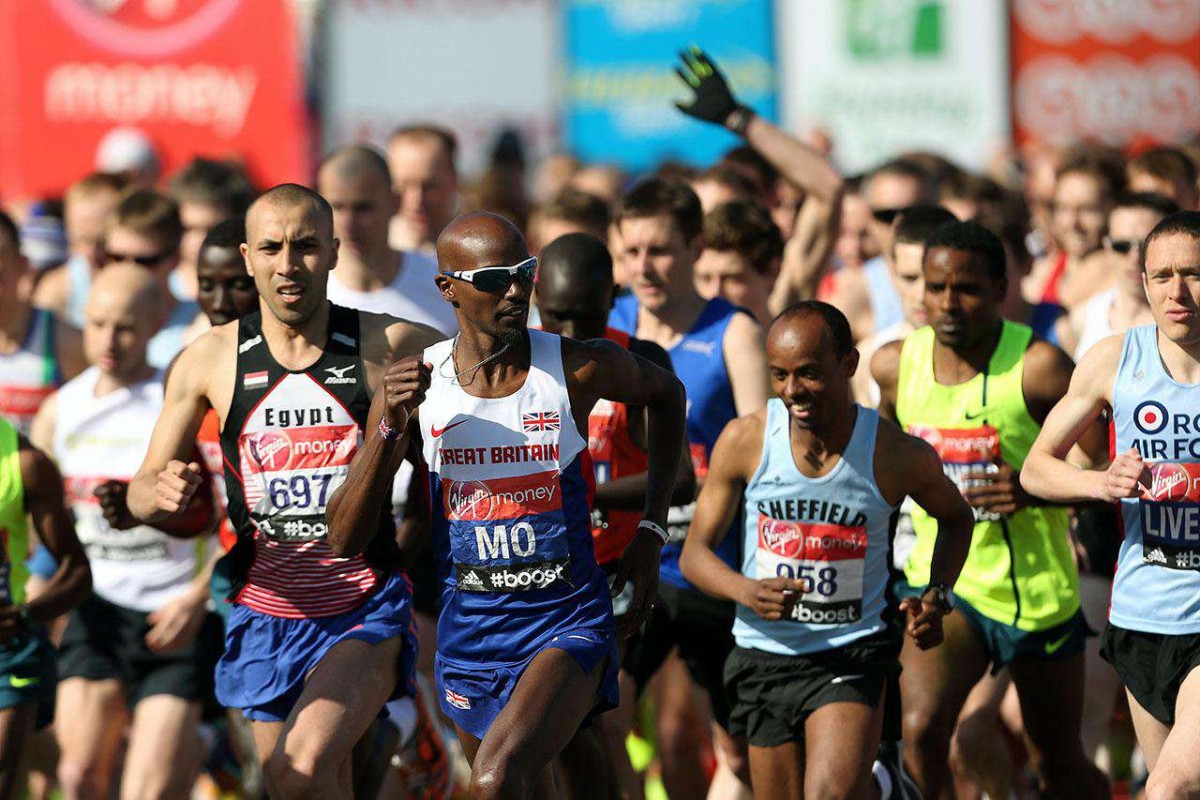After last weekend’s Score Marathon, many runners noticed their GPS watches recorded distances beyond the official 42.195 km. But why does this happen? The truth is — certified marathon courses follow a strict, standardized measurement process. Here’s what you need to know:

✅ Key Factors Behind Certified Marathon Distance Accuracy:
1. Short Course Prevention Factor (SCPF)
For AIMS or World Athletics (WA)-certified courses, a 0.1% safety margin is added to the standard 42,195 meters.
That means certified courses are actually between 42,195 and 42,237 meters, ensuring they are never shorter than the official distance.
➡️ So if you’re running a certified race, it’s completely normal to cover slightly more than 42.195 km.
2. Shortest Possible Route (SPR)
Official course measurement is based on the theoretical shortest path — cutting every turn as close as legally possible.
During an actual race, runners rarely follow this ideal line due to:
- Overtaking others
- Swerving around aid stations
- Running wide on turns
- Navigating through dense crowds
➡️ It’s perfectly normal to run 300–500 meters more, especially in large events.
3. Race Day Course Deviations
If cones, barriers, or directional signage are placed incorrectly, runners may stray slightly off the measured path.
➡️ It’s the organizer’s duty to ensure the course setup on race day matches the certified layout exactly.
4. GPS Inaccuracy
Your watch’s distance reading is not absolute. GPS devices can be affected by:
- Tall buildings
- Tunnels
- Sharp corners
- Dense participant crowds
➡️ Don’t rely too heavily on your GPS for exact distance. Instead, focus on your official chip time and pace.
5. Post-Certification Route Changes
If the course is changed due to construction or other issues after it has been certified — and not remeasured — the certification becomes invalid.
➡️ Such races are no longer eligible for international record recognition.
6. Omission of SCPF
If organizers forget to include the extra 0.1% safety margin (SCPF), the course might be shorter than the legal marathon distance.
➡️ This reflects poor event planning and could disqualify results.
7. Certification by Non-Qualified Measurers
Only measurers accredited by AIMS or World Athletics are authorized to conduct official measurements.
➡️ Courses measured by unqualified individuals are not internationally recognized, and times recorded there may not be valid.
📌 Key Takeaway:
A certified marathon course is not “exactly” 42.195 km — it’s at least 42.195 km.
So if your GPS shows 42.5 km or even 43 km, it doesn’t mean the course was wrong — it’s likely due to running wider lines, passing others, or GPS drift.
🎽 If You’re a Runner:
✔️ Trust the official timing system. Don’t let GPS numbers throw off your race strategy or pace judgment.
🛠 If You’re a Race Organizer:
✔️ Always hire certified measurers and ensure race-day route setup matches the certified map exactly. It’s critical to the credibility and recognition of your event.



